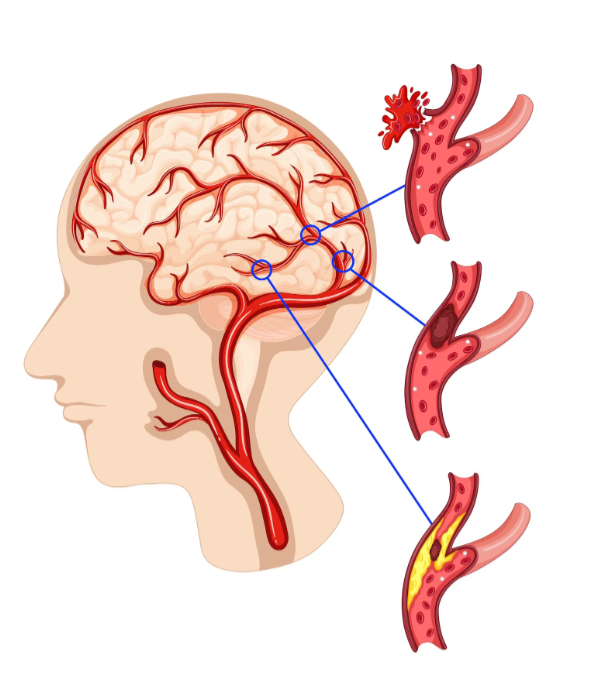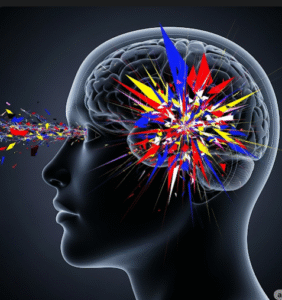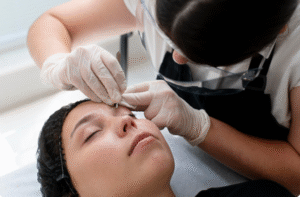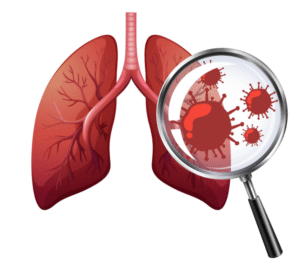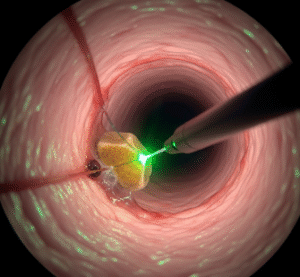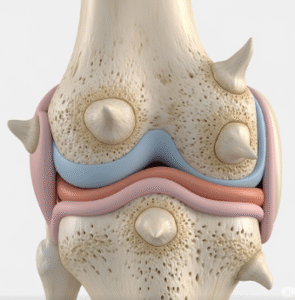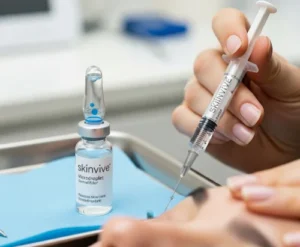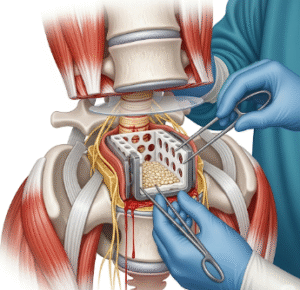Overview
An aneurysm is a localized, abnormal bulging or ballooning in the wall of a blood vessel, most commonly an artery. It occurs when the vessel wall becomes weakened and stretches outward. If left untreated, an aneurysm can rupture, leading to life-threatening internal bleeding or other serious complications. Aneurysms can occur in various parts of the body, including the brain (cerebral aneurysm), aorta (aortic aneurysm), abdomen, and legs.
What is Aneurysm?
An aneurysm is a pathological dilation of a blood vessel caused by a weakened area in the vessel wall. The most dangerous consequence of an aneurysm is rupture, which can cause severe hemorrhage, stroke, or even sudden death. Aneurysms can grow slowly without symptoms, making early detection crucial.
Common types of aneurysms:
- Cerebral aneurysm – in the brain arteries
- Aortic aneurysm – in the aorta (abdominal or thoracic)
- Peripheral aneurysm – in arteries of the legs or arms
Symptoms
Symptoms depend on the location and size of the aneurysm. Many are asymptomatic until they rupture.
Unruptured Aneurysm:
- Often no symptoms
- Headaches (cerebral)
- Back or abdominal pain (aortic)
- Pulsating lump in the abdomen
- Pain behind or above the eye
Ruptured Aneurysm:
- Sudden, severe headache (worst headache of life)
- Nausea and vomiting
- Vision problems
- Loss of consciousness
- Sudden, severe abdominal or chest pain
- Rapid heart rate and low blood pressure (shock)
Causes
Aneurysms may develop due to a combination of genetic, environmental, and lifestyle-related factors, including:
- Atherosclerosis (hardening of the arteries)
- Hypertension (high blood pressure)
- Trauma or injury to blood vessels
- Infections of the arterial wall (e.g., mycotic aneurysm)
- Congenital defects (e.g., Marfan syndrome, Ehlers-Danlos syndrome)
- Smoking
- Aging (loss of elasticity in vessel walls)
Risk Factors
- Age (older adults are at higher risk)
- Hypertension
- Smoking
- Family history of aneurysms
- High cholesterol levels
- Male gender (more common in males for aortic aneurysms)
- Connective tissue disorders
Complications
- Rupture – leading to hemorrhage, stroke, or sudden death
- Blood clots – may form inside the aneurysm and travel to other parts of the body
- Compression of nearby structures – causing pain, nerve damage, or other dysfunctions
- Shock and organ failure due to severe internal bleeding
Prevention
- Control blood pressure with lifestyle changes or medication
- Quit smoking
- Maintain a healthy weight and diet
- Regular screening (especially if family history exists)
- Exercise regularly
- Avoid excessive alcohol consumption
- Manage cholesterol levels
Treatment Options in Korea
South Korea is equipped with world-class medical infrastructure for diagnosing and treating aneurysms with a focus on early detection, minimally invasive intervention, and advanced surgical techniques.
1. Diagnosis
- CT angiography (CTA) and MRI angiography
- Ultrasound for abdominal aneurysms
- Digital Subtraction Angiography (DSA) for detailed vascular imaging
These are available at top hospitals including:
- Seoul National University Hospital
- Asan Medical Center
- Severance Hospital
- Samsung Medical Center
2. Medical Management
- Blood pressure control
- Cholesterol-lowering medications
- Lifestyle guidance and monitoring for small, unruptured aneurysms
3. Surgical & Interventional Treatments
- Endovascular coiling or clipping for brain aneurysms
- Endovascular stent grafting (EVAR) for abdominal and thoracic aortic aneurysms
- Open surgical repair for large or ruptured aneurysms
4. Post-Treatment Monitoring & Rehabilitation
- Regular imaging follow-ups
- Neurological rehab for patients with cerebral aneurysm complications
- Vascular therapy and long-term care planning

